Recently, the popularity of wall cladding with artificial stone has been growing. The surface of the tiles imitates the structure and coloring of natural stone or brick. Natural materials are characterized by high cost and excessive weight. An artificial analogue has excellent external characteristics and is unpretentious in care. The production technology is so simple that decorative brick for interior decoration is easy to make yourself.
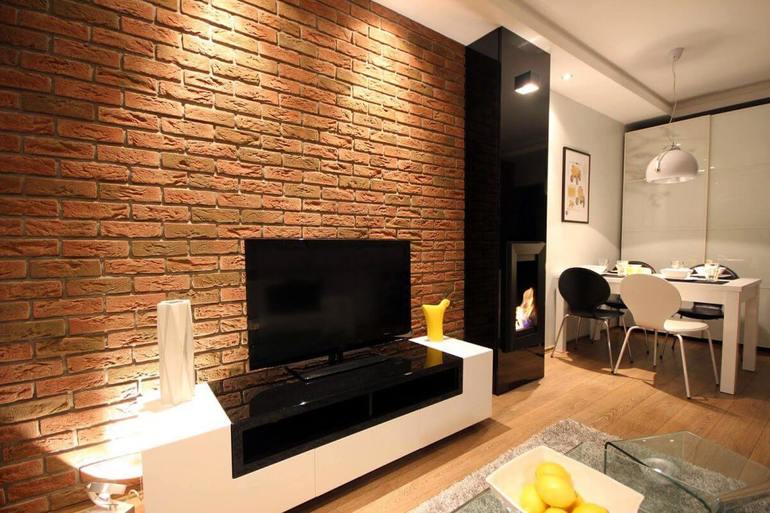
Material benefits
Long before the start of the production of artificial decorative stone, wall cladding with tiles made of natural stone and brick was popular. Many natural stones have significant weight, this complicates the installation of tiles on the walls. The process of manufacturing decorative elements from natural material itself takes quite a long time and costs a lot of money.
Currently, wall cladding with natural stone is relevant for luxury housing and premises in cultural institutions. Brick for finishing works is used even less often, and only old samples are used, the presence of the mark is welcomed. On a special machine, a thin plate is cut from a whole brick. The resulting brick is used in the interior to create the effect of antiquity.
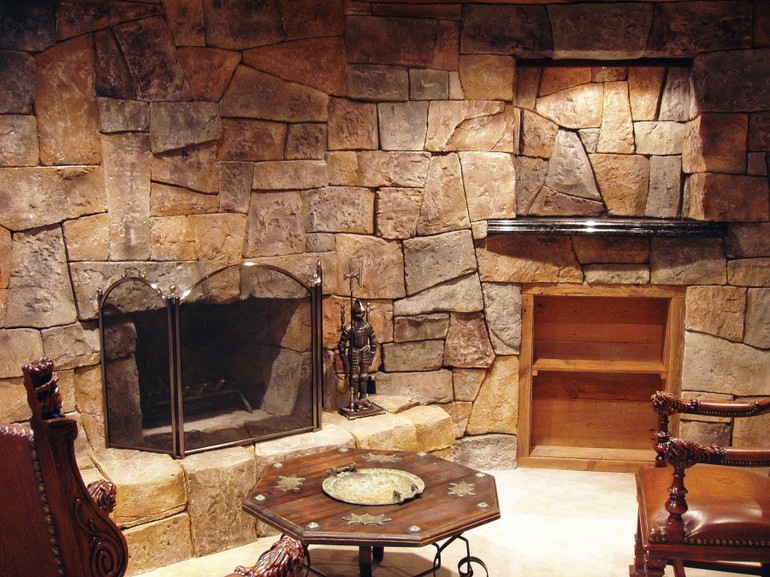
In all other cases, it is advisable to use an easy and convenient to use artificial analog.
Such material has the following advantages:
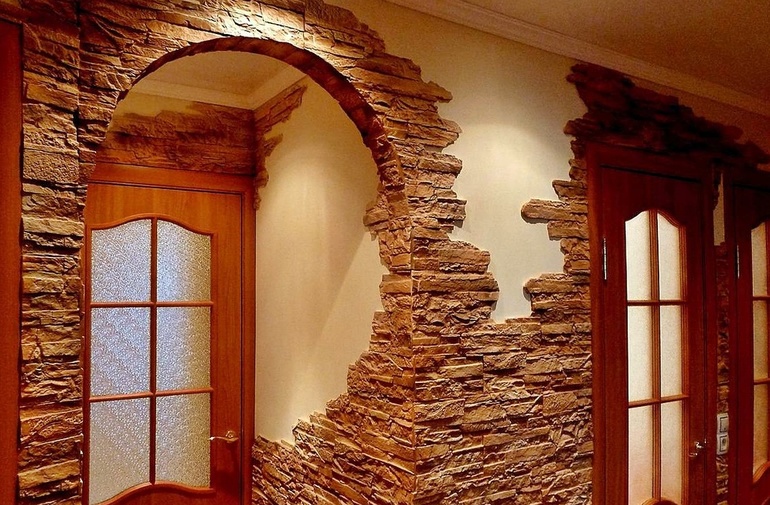
- reasonable cost;
- absolute environmental friendliness of the components used in the composition;
- simplicity of laying;
- good adhesion providing reliable adhesion;
- wide range of textures and colors;
- high durability comparable with the service life of natural material;
- ease of maintenance;
- ease of processing with abrasive materials in the process of finishing work.
Do-it-yourself production
There are several options for preparing a mixture from which you can produce artificial brick for interior decoration. Most often use cement or gypsum, sand, as well as dye. It is more convenient to purchase ready-made forms in the store, however, if they are not available for sale, you can also make them yourself.
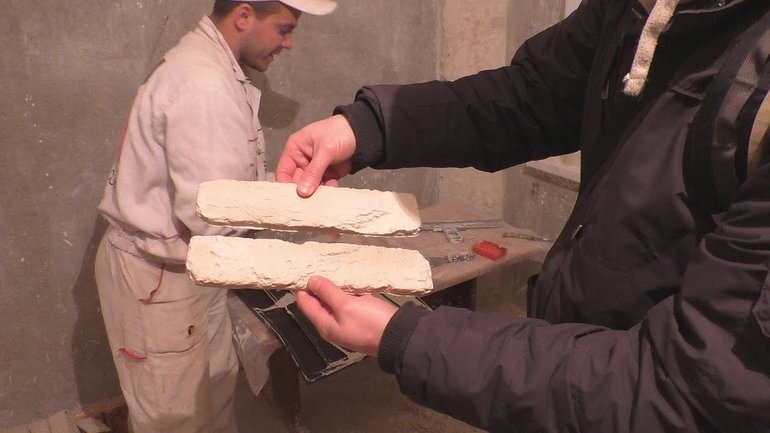
Mold making
The most convenient in operation are recognized silicone molds. They are quite flexible and do not break when removing finished products. Great durability allows to produce many batches of tiles in one form.
To get a future stream with a print you can use a sample of interior tiles bought in a store or take any ordinary brick, but you will have to cut a thin plate from it.
There will also be no problems with material for the future form. Perfectly suitable silicone sealant. It is recommended to purchase it in bulk containers. The mold manufacturing process consists of the following steps:
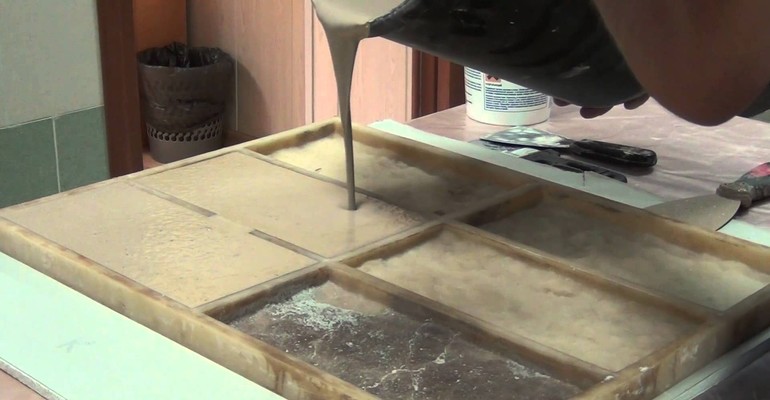
- Any thick grease is applied to the inside of the pre-mounted formwork.
- Patterns oriented upward are laid on the base. Their surface also needs to be greased.
- The formwork is filled with liquid silicone and aged until the solution is fully polymerized.
- The finished form is removed from the formwork, cleaned of grease and washed.
Tile Fill
The easiest way to make decorative brick is from gypsum. Forms should be placed strictly horizontally. This will avoid thickness variation.
The manufacturing algorithm includes the following steps:
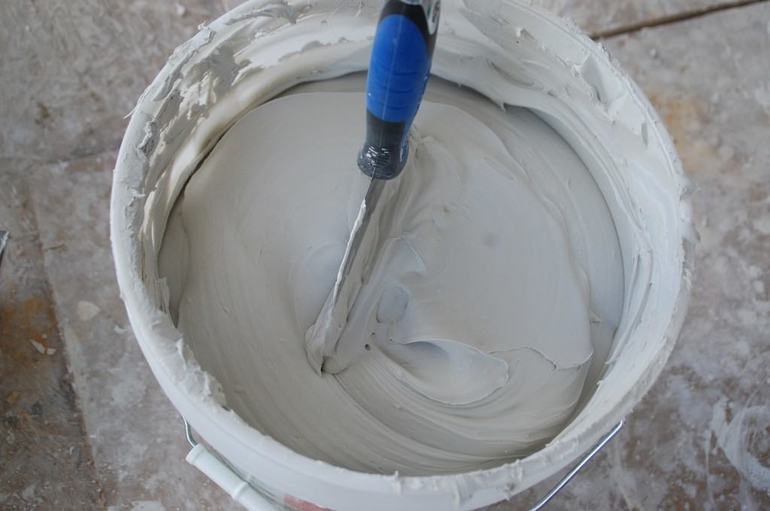
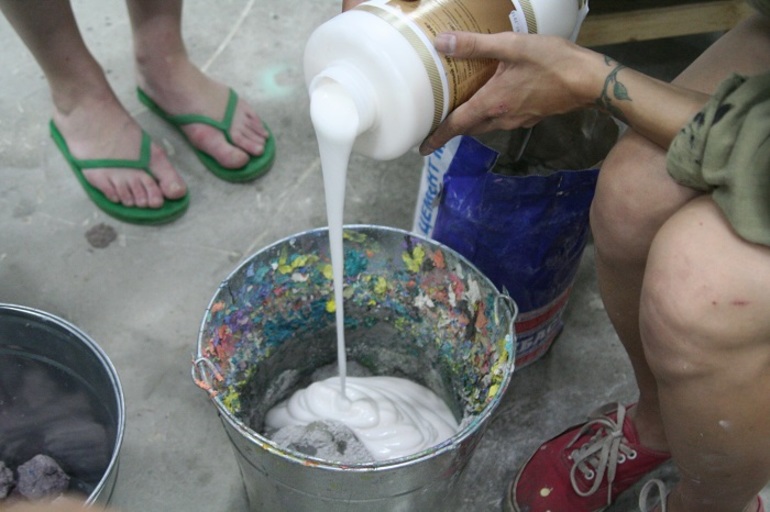
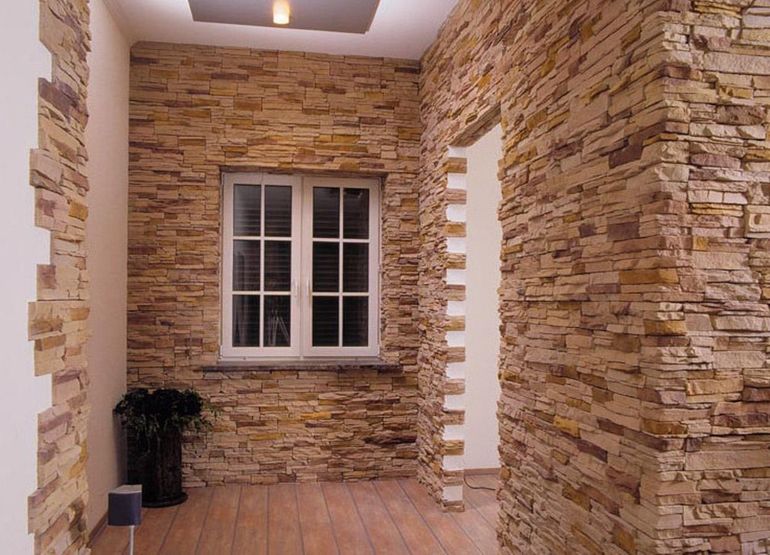
- Preparation of gypsum mortar. One and a half parts of gypsum are added to one part of water.On the contrary, you can’t do it: if the gypsum is filled with water, it will be difficult to mix the solution until uniform. The mixture hardens very quickly. To increase the curing time, citric acid may be added.
- Adding dye. If you need to get a colored brick, you should add a dye. To obtain a uniform color, the pigment should be mixed thoroughly with the solution. Incomplete mixing will allow to achieve a heterogeneous saturation, which sometimes looks good in the interior.
- To increase the strength, a small amount of sand should be added. Typically, about 100 grams of fine sand is used per kilogram of gypsum. The solution should have a consistency of thick sour cream.
- Additional strength and some resistance to shock loads can be obtained by adding PVA glue to the solution.
- Before pouring, the mold is lubricated with wax dissolved in turpentine. This will facilitate the extraction of finished tiles.
- In the next step, pigment powder or brick dust can be applied to the streams. This will give the finished product the look of a natural material.
- The form is filled with a solution and left to harden.
- On the surface of the finished brick tiles, you can additionally apply a decorative coating with a brush.
- In order to protect the surface of the tiles from dust and dirt, a layer of transparent or matte varnish can be applied. The stone processed in this way can be used not only inside the apartment, but also as an external facing material.
For a long time, wall decoration with decorative bricks has been used in the interiors of a wide variety of styles. You can buy ready-made tiles, but when facing large areas it is more profitable to make the material yourself.
Consumables are widespread and affordable. With careful observance of the process products of own production are not inferior to factory.


Alas, no comments yet. Be the first!